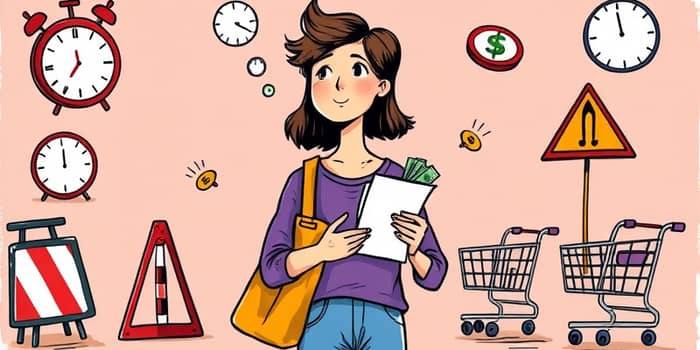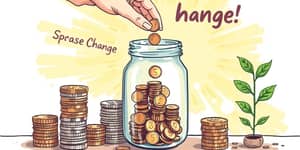
Impulse purchases can feel thrilling in the moment, but they often leave us with regret and drained finances. By deliberately introducing pause before completing checkout into our spending habits, we can reclaim control and build stronger financial well-being.
Impulse buying occurs when a consumer makes an unplanned purchase driven by sudden desire rather than careful consideration. This behavior is fueled by powerful psychological triggers that capitalize on our emotions and cognitive biases.
The anchoring effect creates immediate reference points—for example, seeing a discounted price tags us to believe we’re saving money, prompting fast decisions. Personalization algorithms on e-commerce sites further strengthen emotional attachments by showcasing products tailored to your preferences.
Social influence compounds these drivers. When peers flaunt purchases on social media, 35% of consumers feel compelled to follow trends and indulge. Instant gratification via one-click payment options and stored credit cards eliminates hesitation, allowing impulse buys to slip through before we even notice our balance shrinking.
Impulse spending is remarkably widespread across age groups and product categories. In the U.S., over half of shoppers have spent $100 or more on impulse buys, and one in five reports spending over $1,000 on a single unplanned purchase.
On average, Americans spend about $150 per month on impulse items—equivalent to $1,800 annually of unbudgeted expenses. Even more telling, the typical consumer makes six impulse purchases each month.
Impulse spending patterns vary by age and channel. Younger shoppers are especially susceptible, with 49% of Gen Z and 46% of 25–34-year-olds admitting to impulse purchases. Even among those 65 and older, 35% of buys happen on a whim.
Clothing tops the list of impulse categories at 55%, followed by groceries at 50% and household items at 42%. Social media platforms play a pivotal role: Gen Z favors TikTok and Instagram, while millennials lean toward Facebook for spontaneous shopping.
“Friction” in spending refers to any added step or delay that interrupts an impulsive checkout process. By slowing ourselves down, we gain critical seconds—or even days—to reflect on whether a purchase aligns with our goals.
Introducing friction combats instant gratification that fuels unplanned splurges. When transactions require extra clicks, password entries, or manual form fills, many impulsive urges lose momentum and never reach the final confirmation stage.
Implementing targeted strategies can dramatically reduce impulse purchases. Consider these practical methods:
Unchecked impulse buying can erode savings and drive up credit card balances, often at high interest rates. Even if each unplanned purchase is small, they accumulate—$150 a month adds up to nearly $1,800 annually.
Frequent spontaneous spending can undermine long-term financial goals such as building an emergency fund, paying off debt, or saving for retirement. By notice emotional impulses before buying, shoppers can safeguard their budgets and direct funds toward meaningful priorities.
Curbing impulse buys isn’t about denying yourself; it’s about making conscious, value-driven decisions. Understanding psychological triggers, recognizing common scenarios, and introducing deliberate friction can help you shop with intention rather than impulse.
References













